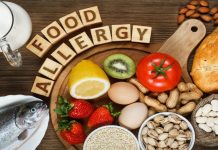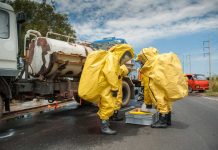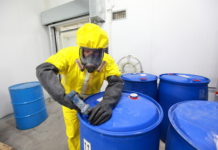- Advertisement -

Popular
Food & Water Safety for Weather Emergencies
Are you and your family totally prepared for destructive effects of a tropical storm or a hurricane? Disasters don’t plan ahead. But you can. Before weather emergencies, it is important to have a plan in place for emergency supplies, food, and water.
Food Safety for Raw Oysters
Raw shellfish (e.g. oysters, clams, mussels) can pose an increased risk to be contaminated - as they are filter feeders and become contaminated when their waters are polluted with raw sewage and bacteria.
Tailgate Party Food Safety
Because tailgate parties are an all-day food grilling and feast, there is an increased risk of foodborne illness. Cooking outdoors presents a food safety challenge. Not not only does bacteria multiply faster in warmer temperatures, but preparing food outdoors makes safe food handling more challenging. Every good tailgate party starts with a good game plan - that should include food safety.
What are food recalls and alerts?
A food recall occurs when there is reason to believe that a food may cause consumers to become ill. Get the latest food recall alerts from the FDA.
Older Adult Food Safety
Food safety is especially important for older adults. Older adults should avoid certain foods to protect themselves from foodborne illness and adults 65 and older are at a higher risk for hospitalization and death from foodborne illn














































